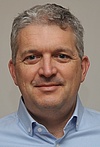CD Laboratory for Skin Multimodal Analytical Imaging of Aging and Senescence
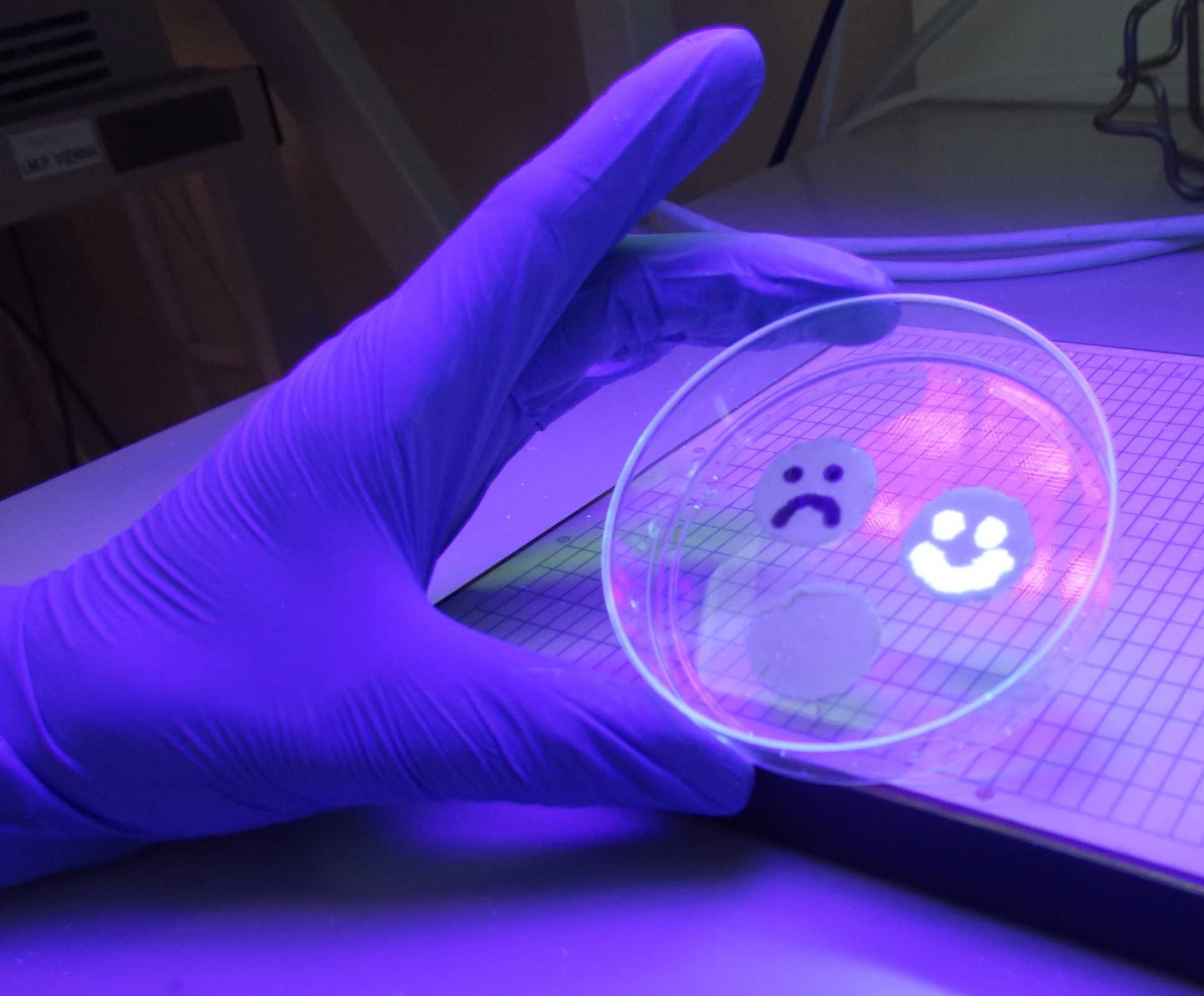
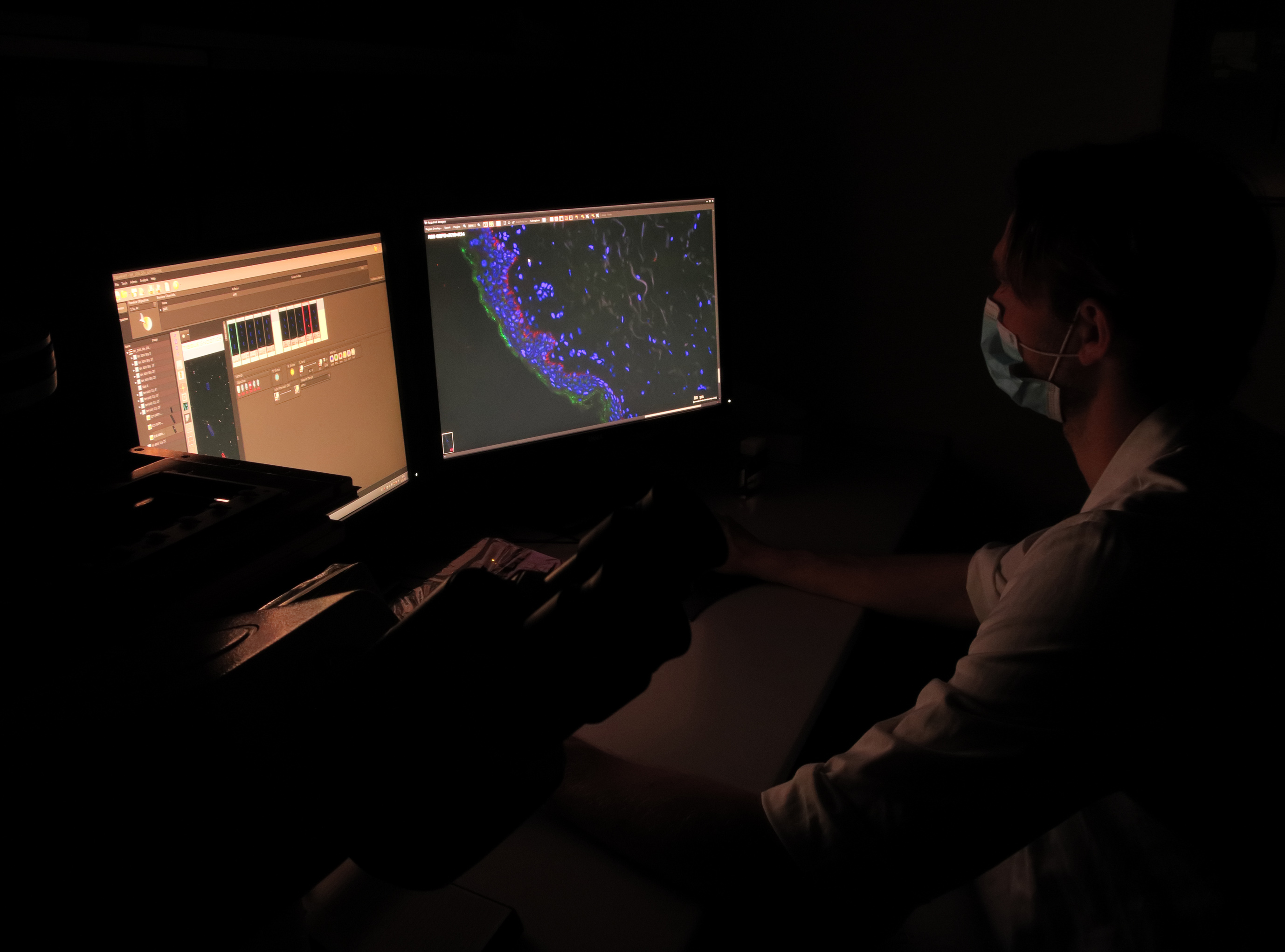
This CD Laboratory investigates how metabolism, communication and "cellular quality control" interact in skin ageing accelerated by environmental stress. The research is made possible by superimposing various chemical imaging, enzymatic and immunohistological methods. The researchers are also investigating how novel active substances can counteract accelerated ageing.
Skin ageing is the most visible manifestation of ageing. However, the skin does not age in isolation, but in interaction with the environment and with changing processes throughout the body. According to studies, it is accelerated by the "urban exposome", the combined effects of pollution and sunlight. Normal skin ageing and skin ageing accelerated by the urban lifestyle affect the fat and sugar metabolism, the ability to regenerate and communication in the tissue. The interplay of these mechanisms is analysed here with the highest optical and (bio)chemical precision at the cellular level.
Experiments on the individual ageing processes in cultured cells or in tissue extracts do not reflect the relationships between ageing, differentiation and environmental stress and metabolism that prevail in the complex skin organ. Senescent cells also show signs of reduced quality control. All these processes form a mix of signalling substances (proteins, lipids and nucleic acids), which communicate the senescence of the cell to its "microenvironment" and thus modify it, just as environmental stress can change the microenvironment.
However, characterising these changes with single methods is very challenging. This CD Laboratory will therefore use a multimodal analytical method to overcome these challenges when analysing skin biopsies and sections of skin models simulating the urban exposome. Different methods will be combined in the preparations, such as mass spectrometric imaging, Raman microspectroscopy and immuno(fluorescence) histology. The results of the respective methods are then combined. This creates a comprehensive image of the senescent or stressed cells of the various compartments of the skin and their microenvironment.
Apart from previously unattained basic knowledge on skin ageing, the models will enable targeted testing of whether and how active ingredient candidates for skin care products can counteract the stress- and senescence-related changes in metabolism, the microenvironment, communication or cellular "quality control".
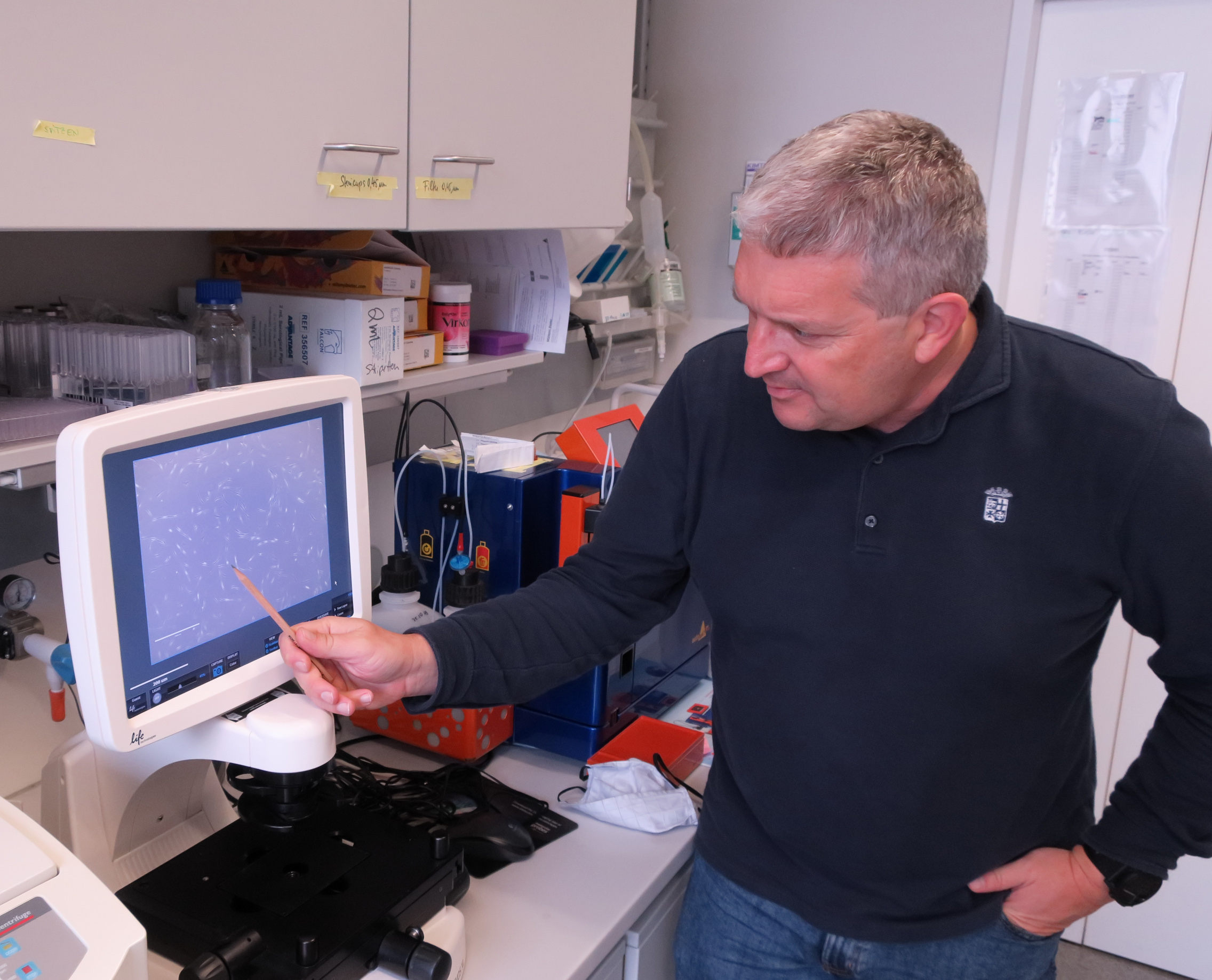
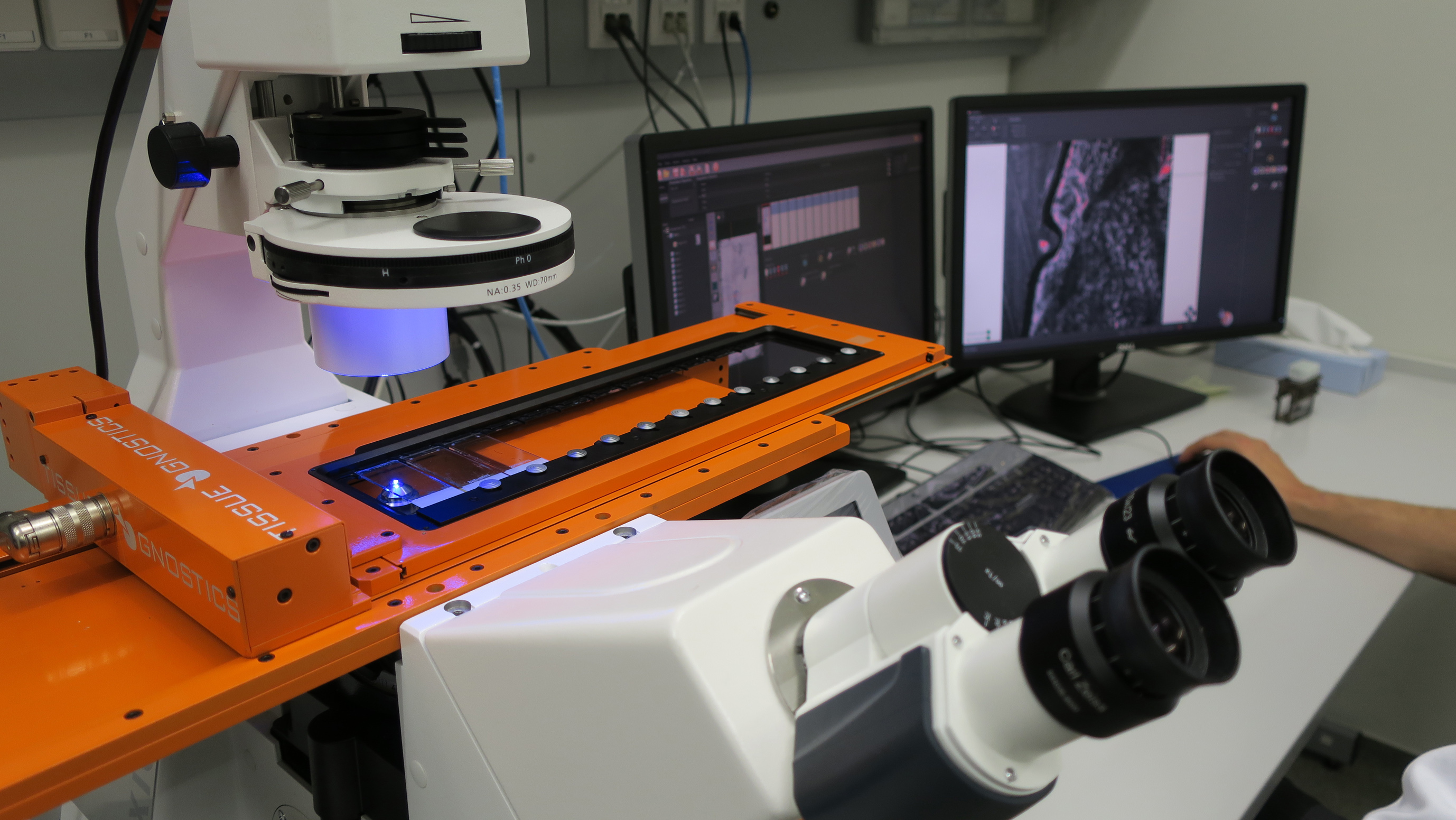
Christian Doppler Forschungsgesellschaft
Boltzmanngasse 20/1/3 | 1090 Wien | Tel: +43 1 5042205 | Fax: +43 1 5042205-20 | office@cdg.ac.at

